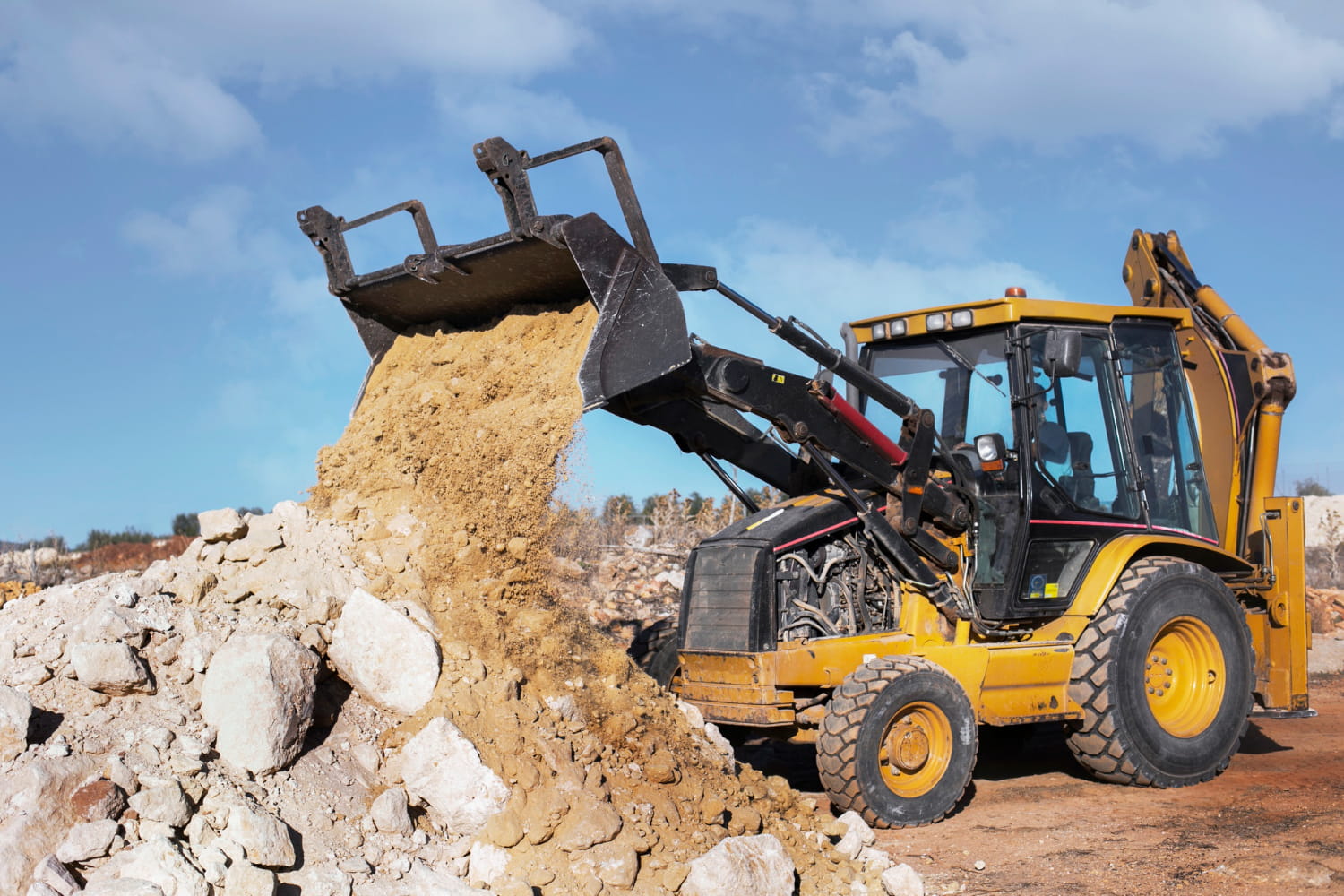
Let’s be real — moving rocks, concrete, or heavy debris without the right tool is just asking for frustration. You can have a 20-ton machine at your command, but if it doesn’t have a rock grab for excavator attached, you’re basically working with one hand tied behind your back. These things aren’t just attachments — they’re efficiency multipliers.
If you’ve ever tried to sort or place rocks precisely, you already know the pain of doing it with a bucket. It’s clumsy, time-consuming, and honestly, kind of exhausting. That’s where a rock grab changes everything — power, precision, and control all in one clean move.
What Makes Rock Grabs So Good?
A rock grab for excavator is built for one job: handling tough, irregular material without breaking a sweat. Rocks, concrete chunks, logs, or demolition scrap — it grips them all with serious bite.
And the rotation? Total game changer. With a rotating grab, you can position and place materials exactly where they need to go without moving your machine an inch. That means less time burning diesel, less track wear, and a lot less operator frustration.
It’s not just power either — it’s finesse. Those curved tines and hydraulic jaws give you smooth movement and serious grip strength. You can stack boulders for landscaping or position rock for retaining walls with the kind of precision you’d never expect from an excavator.
Why Operators Are Swapping Buckets for Grabs
Once you’ve tried working with a grab, you get it. The control feels different — more intuitive, more human somehow. You can pick up a log, move a concrete slab, then shift over and grab a pile of rubble without changing attachments.
That kind of versatility means faster turnaround on every job. And with so many excavator grabs for sale out there now, it’s easier than ever to find one that fits your setup perfectly — whether you’re running a 5-ton mini or a 30-ton monster.
Operators who’ve made the switch say it’s like unlocking a new level of precision. No more endless repositioning. No more awkward lifts. Just grab, rotate, place, done.
How to Pick the Right One
If you’re scanning listings for excavator grabs for sale, you’ll notice a few things — different jaw shapes, capacities, and price points. Here’s what actually matters:
- Compatibility: Match it to your excavator’s tonnage and hydraulic flow.
- Rotation: Go for 360° hydraulic rotation if you handle mixed or awkward materials.
- Build quality: Hardened steel tines and strong cylinders mean longer life.
- Grip style: Wide, curved jaws are best for big boulders; narrower ones for timber or debris sorting.
- Maintenance: Choose a model with easy-to-replace seals and grease points — downtime kills productivity.
It’s one of those cases where you really do get what you pay for. A good grab lasts for years, a cheap one lasts for one bad day.
The Payoff
Adding a rock grab for excavator to your lineup isn’t a luxury — it’s a smart investment. You’ll move material faster, safer, and with way less wear on both machine and operator.
It’s perfect for contractors juggling multiple jobs — from civil construction to landscaping to demolition. Instead of relying on separate tools, one solid grab can handle most of it.
And with so many excavation equipment grabs for sale available, it’s not about finding one — it’s about finding your one. The attachment that fits your workflow, your machine, and your crew.
Final Word
Every operator who’s tried it says the same thing — “Why didn’t I get this sooner?” A rock grab for excavator isn’t just another accessory; it’s the thing that turns tough jobs into smooth ones.
So if you’re serious about efficiency and tired of wrestling with awkward loads, stop scrolling past those excavator grabs for sale listings and make the move. Once you do, you’ll wonder how you ever got by without one.
